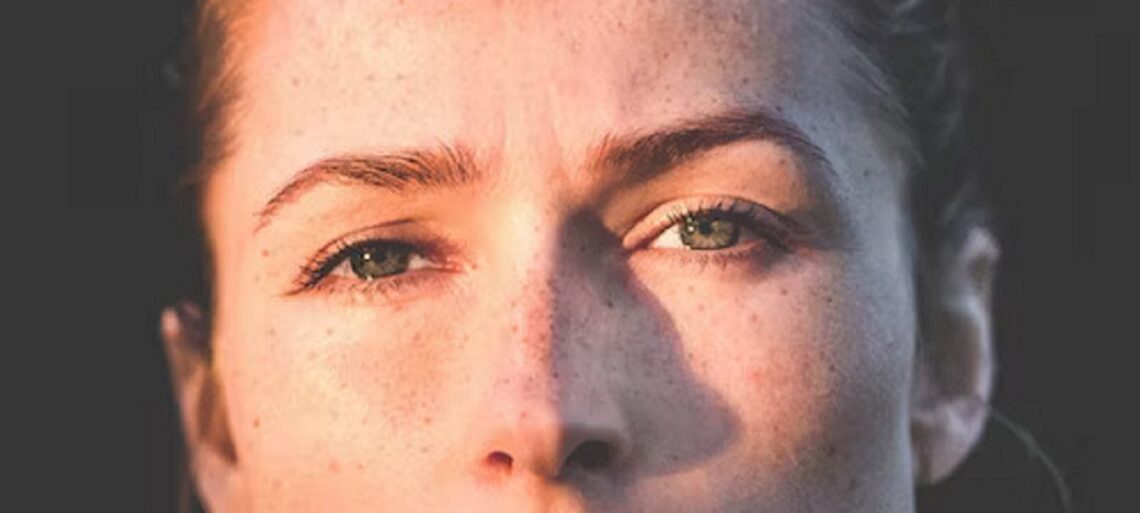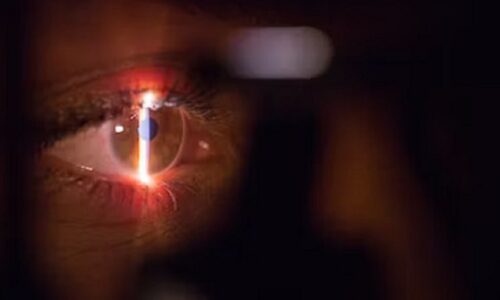
Rosacea and Seborrheic Dermatitis on the Face
Rosacea and seborrheic dermatitis are two common skin conditions that can affect the face, causing discomfort and affecting the overall quality of life for those who experience them. While they have distinct characteristics, there are overlapping symptoms that can sometimes make diagnosis and management challenging. In this article, we will delve into the characteristics of each condition, explore their potential causes, and discuss effective strategies for managing and alleviating symptoms.
Rosacea
Rosacea is a long-term skin disorder that mostly affects the face. It can result in tiny, red, pus-filled pimples, visible blood vessels, and redness. It often develops gradually, and its exact cause is not well understood. However, various factors such as genetics, environmental triggers, and an overactive immune system are believed to contribute to its onset.
Symptoms of rosacea can vary, but commonly include:
- Facial Redness: Persistent redness, often in the central part of the face, such as the nose, cheeks, forehead, and chin.
- Visible Blood Vessels: Small blood vessels (telangiectasia) become visible on the skin’s surface.
- Papules and Pustules: Red bumps or pustules resembling acne may develop, particularly in more severe cases.
- Eye Irritation: Some individuals with rosacea may experience dryness, burning, and irritation in the eyes, a condition known as ocular rosacea.
Seborrheic Dermatitis
Seborrheic dermatitis is a common skin condition characterized by red, inflamed skin covered with greasy or dry scales. While it can affect various areas of the body, including the scalp and chest, it often appears on the face. The exact cause of seborrheic dermatitis is not fully understood, but factors such as genetics, yeast overgrowth, and an inflammatory response are believed to play a role.
Key symptoms of seborrheic dermatitis on the face include
- Redness and Inflammation: The affected areas, typically the eyebrows, sides of the nose, and the area around the mouth, may appear red and inflamed.
- Flaky, Greasy Scales: Yellow or white scales, often greasy in texture, may develop on the skin.
- Itching and Discomfort: Seborrheic dermatitis can be itchy and uncomfortable, leading to a desire to scratch the affected areas.
Similarities and Overlapping Features
Both rosacea and seborrheic dermatitis can manifest with facial redness and inflammation, making it challenging to differentiate between the two conditions. Additionally, individuals may experience a burning or stinging sensation in both cases, further complicating diagnosis.
Managing Rosacea and Seborrheic Dermatitis
While there is no cure for either condition, various strategies can help manage symptoms and improve the quality of life for individuals affected by rosacea and seborrheic dermatitis.
- Gentle Skincare Routine:
- Use a mild, fragrance-free cleanser to clean the face.
- Avoid harsh scrubbing, as this can exacerbate inflammation.
- Choose skincare products labeled “non-comedogenic” to prevent pore clogging.
- Moisturization:
- Regularly moisturize to keep the skin hydrated, especially in the case of seborrheic dermatitis, which may benefit from reduced dryness.
- Sun Protection:
- Apply a broad-spectrum sunscreen with SPF 30 or higher to protect the skin from UV rays, which can trigger and worsen symptoms.
- Avoiding Triggers:
- Identify and avoid triggers that can exacerbate symptoms, such as spicy foods, alcohol, hot beverages, and extreme temperatures.
- Prescription Medications:
- Topical or oral antibiotics may be prescribed for the management of rosacea, especially in cases with papules and pustules.
- Antifungal creams or shampoos may be recommended for seborrheic dermatitis, particularly if it affects the scalp.
- Anti-Inflammatory Agents:
- Topical steroids or calcineurin inhibitors may be prescribed to reduce inflammation and itching in both conditions.
- Lifestyle Modifications:
- Stress management techniques, such as meditation and deep breathing, can be beneficial, as stress is a known trigger for both rosacea and seborrheic dermatitis.
- Dietary Changes:
- Some individuals find relief by avoiding certain foods that may trigger flare-ups. Maintaining a meal journal might assist in determining possible triggers.
Conclusion
Rosacea and seborrheic dermatitis are chronic skin conditions that can affect the face, causing redness, inflammation, and discomfort. While they have distinct characteristics, the overlapping symptoms can sometimes lead to confusion in diagnosis. Understanding the key features of each condition and adopting a comprehensive approach to skincare, including gentle cleansing, moisturization, sun protection, and identification of triggers, can significantly improve symptom management.
It’s crucial for individuals experiencing persistent facial redness or skin issues to consult with a dermatologist for an accurate diagnosis and personalized treatment plan. With proper care and management, individuals with rosacea and seborrheic dermatitis can lead healthy and fulfilling lives, minimizing the impact of these skin conditions on their overall well-being.
Janvi Dhiman
Janvi Dhiman holds a Master's degree in Biotechnology and has a background in both undergraduate and postgraduate studies from Amity University, Noida. Her passion lies in making meaningful contributions to the healthcare and research sectors. Currently, she is a valued member of our team, serving as a Research Analyst and a medical content writer at DiseaseInfoHub.




